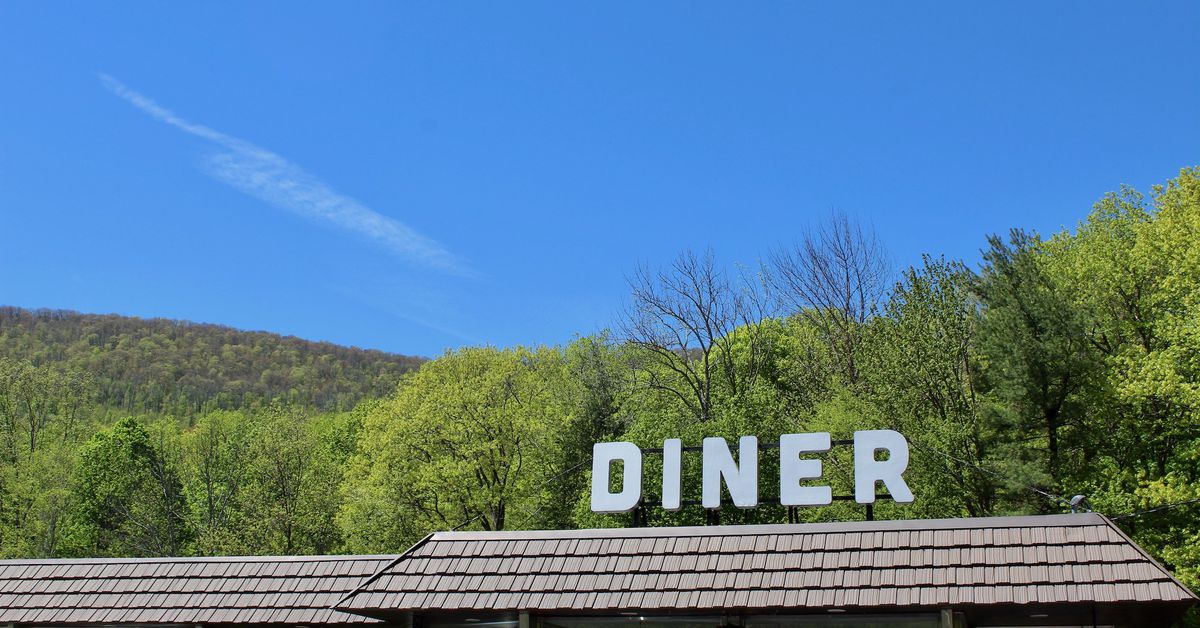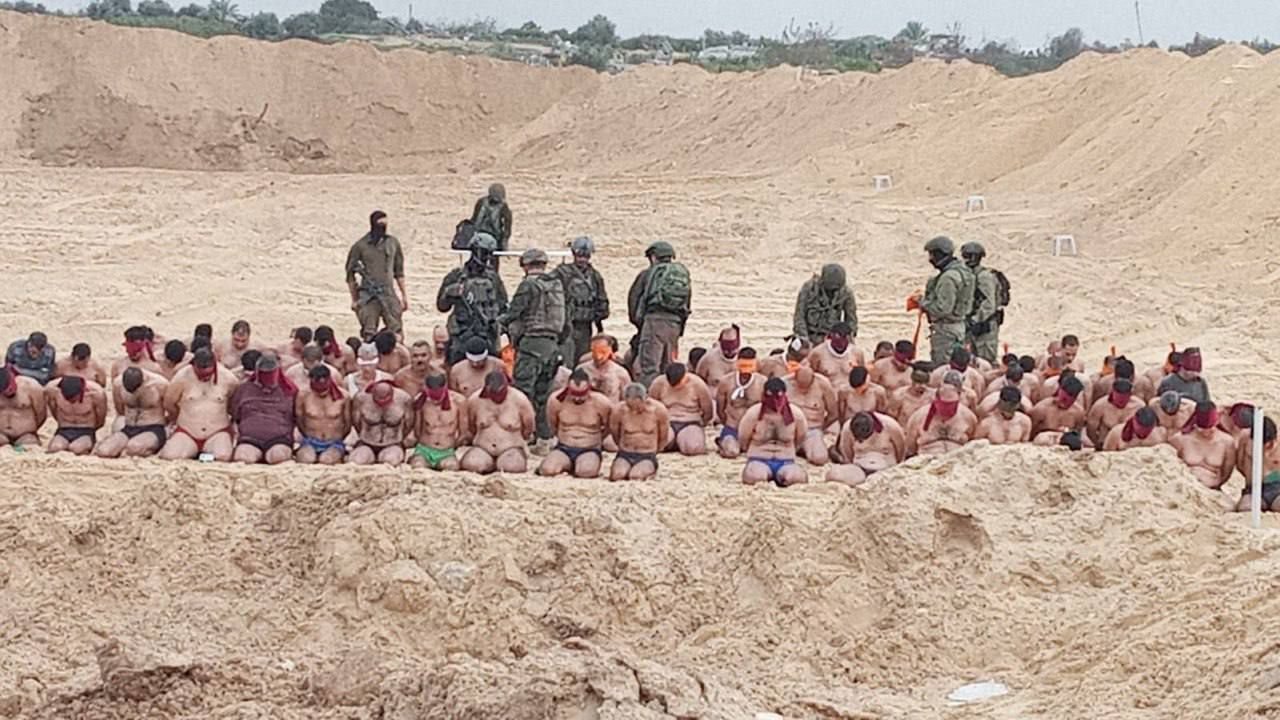Deciphering The Hells Angels: Myths And Realities

Table of Contents
The Hells Angels' History and Origins
Understanding the Hells Angels requires delving into their history and origins. Tracing the roots of this powerful motorcycle club reveals much about its current structure and modus operandi. The Hells Angels' history, rich with conflict and contradiction, is essential for comprehending their present-day operations.
Early Years and Founding
The Hells Angels Motorcycle Club was founded in 1948 in San Bernardino, California. The early members, primarily World War II veterans, were drawn together by a shared love of motorcycles and a desire for camaraderie. Their initial activities revolved around motorcycle rides and social gatherings, but early conflicts with other motorcycle clubs soon emerged. The iconic Hells Angels death head logo, initially a simple design, evolved over time into the instantly recognizable symbol associated with the club today.
- Date and location of founding: March 17, 1948, San Bernardino, California.
- Key early members and their roles: While precise details remain elusive due to the secretive nature of the club, key founding members played crucial roles in establishing the club’s early identity and structure.
- Initial club activities and goals: Motorcycle riding, social gatherings, and establishing a strong sense of brotherhood amongst members.
- Early conflicts and rivalries: Territorial disputes and clashes with rival motorcycle clubs were common occurrences, shaping the club's early identity as an outlaw gang.
The Myth vs. Reality of the Hells Angels
The Hells Angels are often depicted in popular culture as violent, lawless criminals, a portrayal that simplifies their complex reality. This section examines the common stereotypes surrounding the Hells Angels and weighs them against documented facts.
The Outlaw Biker Stereotype
Media representations often portray all Hells Angels members as ruthless criminals engaged in widespread drug trafficking, violence, and other illegal activities. This is a gross oversimplification. While criminal activity has undoubtedly been associated with the club throughout its history, it's crucial to avoid generalizations.
The Reality of Hells Angels Activities
The Hells Angels are involved in both legitimate and illegitimate activities. Documented criminal activities include drug trafficking, extortion, and violence, though the extent and direct involvement of individual members are often difficult to definitively prove. Some chapters have attempted to establish legitimate businesses, though these often become targets for law enforcement scrutiny.
- Common misconceptions about the Hells Angels: The notion that all members are involved in criminal enterprises; the belief that they operate as a single, unified criminal organization under centralized control.
- Actual documented criminal activities: Drug trafficking (cocaine, methamphetamine), weapons trafficking, extortion, and violence are amongst activities documented by law enforcement and judicial proceedings. (Sources should be cited here with appropriate links to reputable news articles and court documents).
- Legitimate business ventures associated with the club: Some chapters have attempted to engage in legitimate enterprises such as bars and merchandise sales, though often with limited success due to intense law enforcement scrutiny.
The Hells Angels' Structure and Organization
The Hells Angels' hierarchical structure is key to understanding their operational capabilities. This complex organizational framework facilitates both legitimate and illegitimate activities.
Internal Hierarchy and Governance
The Hells Angels operate a rigid hierarchical structure. The club is divided into chapters, each with its own officers and leadership. A "Mother Chapter" typically oversees the network. Decision-making power often rests at the top of the hierarchy, with clear lines of authority.
Membership Requirements and Initiation
Membership in the Hells Angels is highly selective and involves a rigorous initiation process. Prospective members undergo a period of probation and must demonstrate unwavering loyalty and commitment to the club. Initiation rites are often shrouded in secrecy.
- Different ranks within the Hells Angels: The precise ranks vary, but generally include prospects, full members, and officers.
- Membership requirements and qualifications: Prospective members are vetted thoroughly; loyalty, dedication, and a history compatible with the club’s ethos are all factors considered.
- Initiation process and rituals: The details remain largely unknown, but accounts suggest arduous physical and mental tests are often involved.
- Internal rules and regulations: Members are bound by an elaborate code of conduct governing behavior, loyalty, and obedience to club leadership.
Law Enforcement and the Hells Angels
The relationship between law enforcement agencies and the Hells Angels has been characterized by decades of ongoing investigations, legal battles, and intense scrutiny.
Ongoing Investigations and Legal Battles
Numerous investigations have targeted the Hells Angels for various crimes. These investigations often result in arrests and legal challenges, with varying degrees of success for law enforcement.
Strategies for Combating Organized Crime
Law enforcement employs a range of strategies to combat organized crime, including infiltration, surveillance, wiretaps, and asset forfeiture. The challenge lies in proving direct involvement in criminal activities by individual members, given the club’s secretive nature.
- Significant legal cases involving the Hells Angels: Several high-profile cases highlight ongoing legal battles between the Hells Angels and law enforcement agencies (Specific cases and their outcomes should be cited here with appropriate sourcing).
- Law enforcement tactics used against the club: Infiltration, surveillance, financial investigations, and targeted arrests are common tactics used.
- The impact of law enforcement actions on the Hells Angels: Law enforcement actions have disrupted operations and resulted in arrests and convictions.
Conclusion
Understanding the Hells Angels requires a nuanced approach that acknowledges the blend of myth and reality surrounding them. While criminal activity has been associated with various chapters, it’s inaccurate to paint all members with the same brush. The club’s intricate structure and secretive nature make definitive analysis challenging. To better understand the complexities of the Hells Angels, further research is crucial. Continue your exploration of the Hells Angels by exploring reputable academic studies, documentaries, and books focusing on outlaw motorcycle gangs and organized crime. By separating fact from fiction, we can foster a more accurate understanding of this influential, albeit controversial, organization.

Featured Posts
-
 Best Places To Eat Shrimp In The Hudson Valley
May 26, 2025
Best Places To Eat Shrimp In The Hudson Valley
May 26, 2025 -
 What Is A Flash Flood Emergency Preparedness And Response Strategies
May 26, 2025
What Is A Flash Flood Emergency Preparedness And Response Strategies
May 26, 2025 -
 Balapan Moto Gp Kembali Ke Brasil Persiapan Sirkuit Ayrton Senna Di Goiania
May 26, 2025
Balapan Moto Gp Kembali Ke Brasil Persiapan Sirkuit Ayrton Senna Di Goiania
May 26, 2025 -
 The Plight Of Idf Soldiers Held Captive In Gaza
May 26, 2025
The Plight Of Idf Soldiers Held Captive In Gaza
May 26, 2025 -
 Le Sort Des Locaux De La Rtbf Au Palais Des Congres De Liege Dernieres Nouvelles
May 26, 2025
Le Sort Des Locaux De La Rtbf Au Palais Des Congres De Liege Dernieres Nouvelles
May 26, 2025
